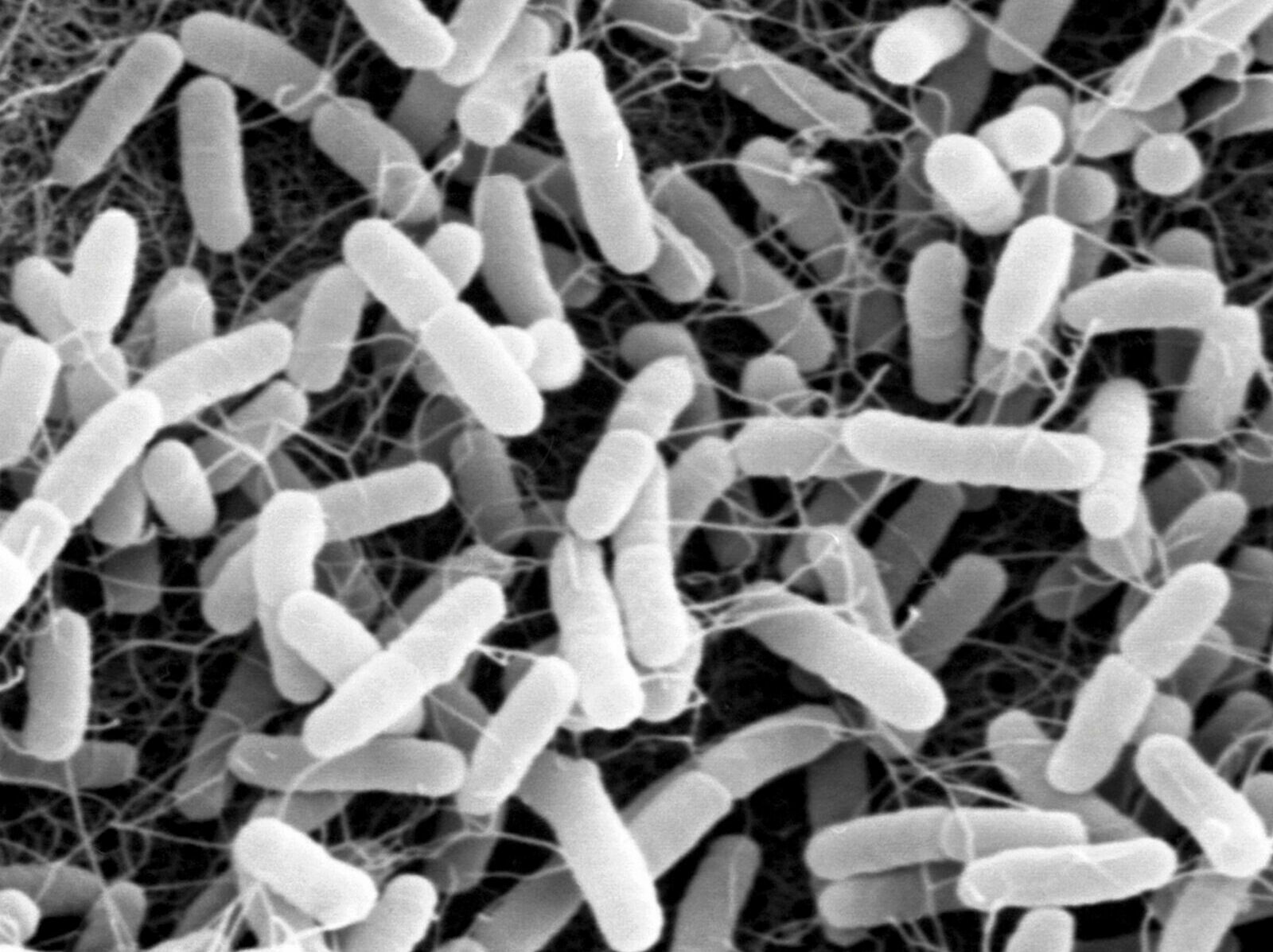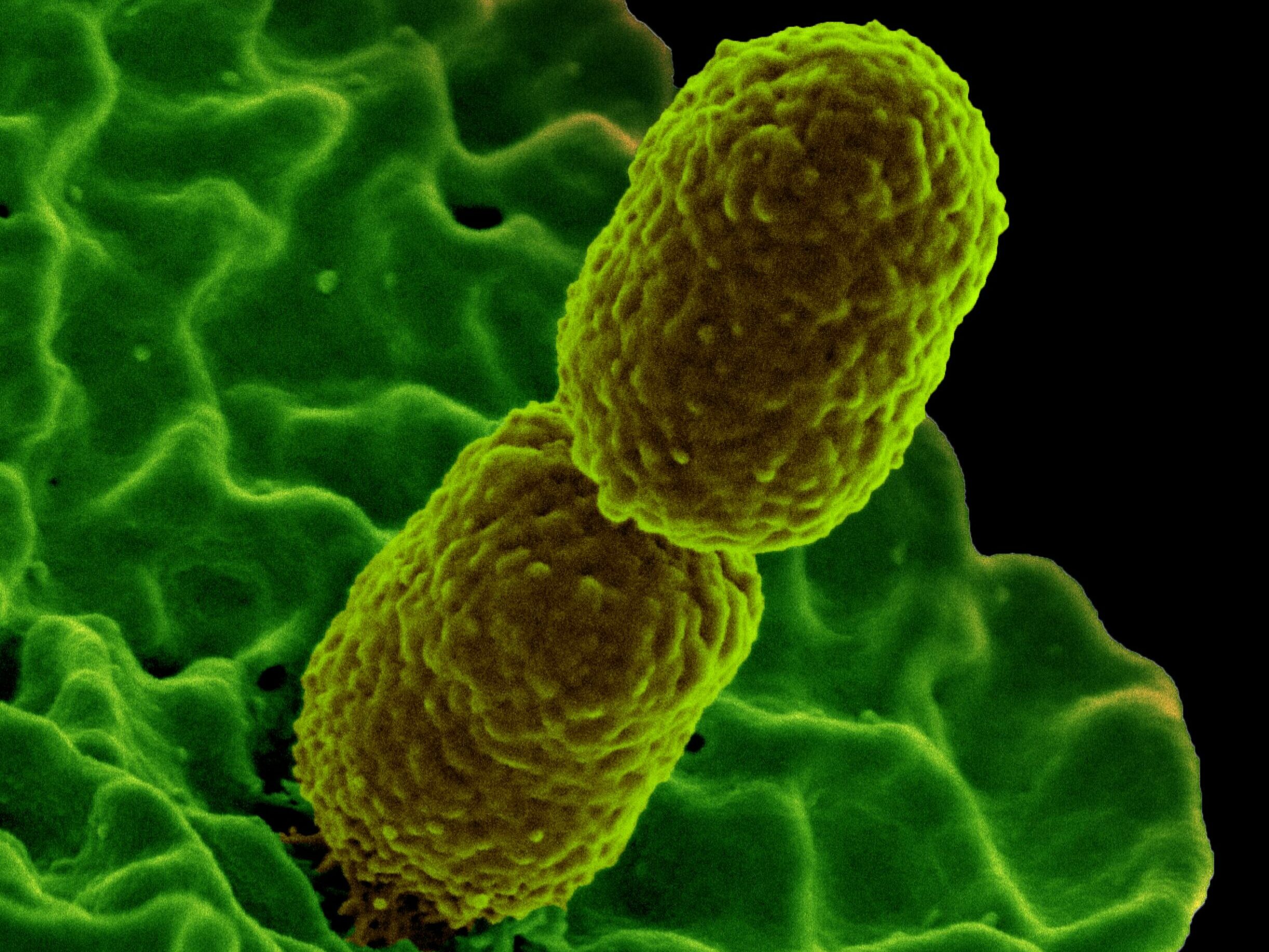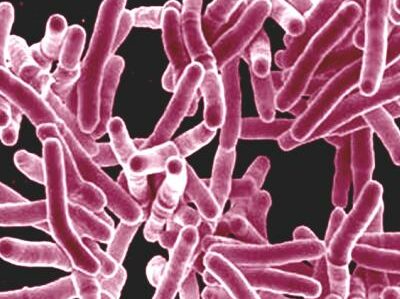While not all bacteria are harmful, many are beneficial and play essential roles in processes like digestion, nutrient absorption, and synthesis of vitamins in the human gut. The balance tilts, and disease-causing bacteria sometimes grow stronger and develop antimicrobial resistance. These resistant bacteria, called ‘superbugs,’ overtake the beneficial bacteria, becoming a growing public health menace and driving the growth of difficult-to-treat infections. India is at the forefront of this global health problem. These superbugs, resistant to multiple antibiotics, are challenging to manage and require advanced medical strategies to combat their spread effectively.
This blog post delves into the alarming presence of ‘Superbugs’ in India, focusing on bacterial pathogens from a study conducted by Moharir and team (2024) in a major Indian city’s wastewater in open drains. The analysis reveals the presence of several dangerous bacteria that are identified as priority pathogens by the World Health Organization (WHO). The blog further addresses various preventive strategies to tackle these antibiotic-resistant infections.
1. Escherichia coli: The Gut Wrecker

Scanning electron micrograph of Escherichia coli 0157, showing many individuals.Source: Wellcome Collection Credit: Debbie Marshall
Escherichia coli (E. coli) is everywhere. It can be found in the environment and the gut flora of humans and animals. While most E. coli strains are harmless, certain pathogenic strains can cause serious infections, including gastroenteritis, urinary tract infections, and hemorrhagic colitis. Unfortunately, many strains of E. coli have developed resistance to multiple antibiotics, leading to reduced efficiency of standard treatment with antibiotics, thus adding it to the list of WHO Critical Priority Pathogens.
Preventive measures:
-
Maintaining proper hygiene and sanitation practices
-
Avoiding consuming raw fruits, vegetables, and meat
-
Ensuring safe food handling and preparation
-
Practicing safe water consumption habits
2. Klebsiella pneumoniae: The Hospital Menace

Scanning electron micrograph showing carbapenem-resistant Klebsiella pneumoniae interacting with a human neutrophil. Source: Flickr Credit: NIAID
Klebsiella pneumoniae is a bacterium commonly found in the human gut and respiratory tract. While it is typically harmless, pathogenic variants of K. pneumoniae can induce serious infections such as pneumonia, urinary tract infections, and bloodstream infections, particularly in immunocompromised individuals. It is even more challenging to treat AMR in this WHO Critical Priority Pathogen due to its ability to cause nosocomial or hospital-acquired infections.
How can such infections be avoided?
-
Adhering to strict hand hygiene protocols
-
Proper cleaning and disinfection of hospital environments
-
Prompt identification and isolation of infected patients
3. Neisseria gonorrhoeae: The Silent Spreader

Scanning electron micrograph of Neisseria gonorrhoeae bacteria, which causes gonorrhea. Source: Flickr Credit: NIAID
Neisseria gonorrhoeae, the bacterial agent responsible for the sexually transmitted infection (STI) gonorrhea, can be found in the genital and reproductive organs, as well as the throat and rectum. Alarmingly, Neisseria gonorrhoeae has developed resistance to nearly all antibiotics employed in its treatment, escalating it as a WHO High Priority Pathogen, necessitating urgent and innovative diagnostics and treatment strategies.
Here are a few ways to prevent the spread of STI gonorrhea:
-
Practicing safe sex and using barrier methods of contraception
-
Regular screening for STIs, including gonorrhea
-
Promoting awareness and education about STI prevention
4. Mycobacterium tuberculosis: The Ancient Foe

Scanning electron micrograph of Mycobacterium tuberculosis bacteria, which cause TB. Source: Flickr Credit: NIAID
Mycobacterium tuberculosis is the bacterium responsible for tuberculosis (TB), a contagious disease that primarily targets the pulmonary system but can also affect other body parts. The disease is transmitted through the air, which enables it to spread among people rapidly, establishing TB as a significant public health issue. India faces a critical challenge in this context, as it has the highest number of new TB infections in the world. This situation underscores the urgent need for effective control and treatment strategies, especially given the complexity introduced by drug-resistant forms of TB. Multi-drug-resistant TB (MDR-TB) is resistant to at least two of the most effective first-line treatment drugs. At the same time, Extensively Drug-Resistant TB (XDR-TB) is even more severe, showing resistance to first-line drugs and some second-line drugs as well, making it significantly more challenging to treat.
Preventive measures:
-
Maintaining proper ventilation in indoor spaces
-
Avoiding close contact with individuals with active TB
-
Receiving the Bacillus Calmette-Guérin (BCG) vaccine
-
Promoting early diagnosis and treatment of TB cases
5. Streptococcus pneumoniae: The Respiratory Invader

Scanning electron micrograph of Escherichia coli 0157, showing many individuals. Source: Wellcome Collection Credit: Debbie Marshall
Streptococcus pneumoniae is a bacterium commonly found in the upper respiratory tract. While most of them live in harmony with other residents of our respiratory tract, the pathogenic strains can cause pneumonia, meningitis, and sepsis upon disruption of mucosal barriers or immune defenses. The bacterium’s capability to develop multidrug resistance complicates therapeutic interventions, conferring it the status of a WHO Medium Priority Pathogen.
Preventive measures:
-
Encouraging vaccination with pneumococcal vaccines
-
Practicing good respiratory hygiene, including covering coughs and sneezes
-
Avoiding close contact with individuals who are sick
-
Promoting overall health and immunity through a healthy lifestyle
